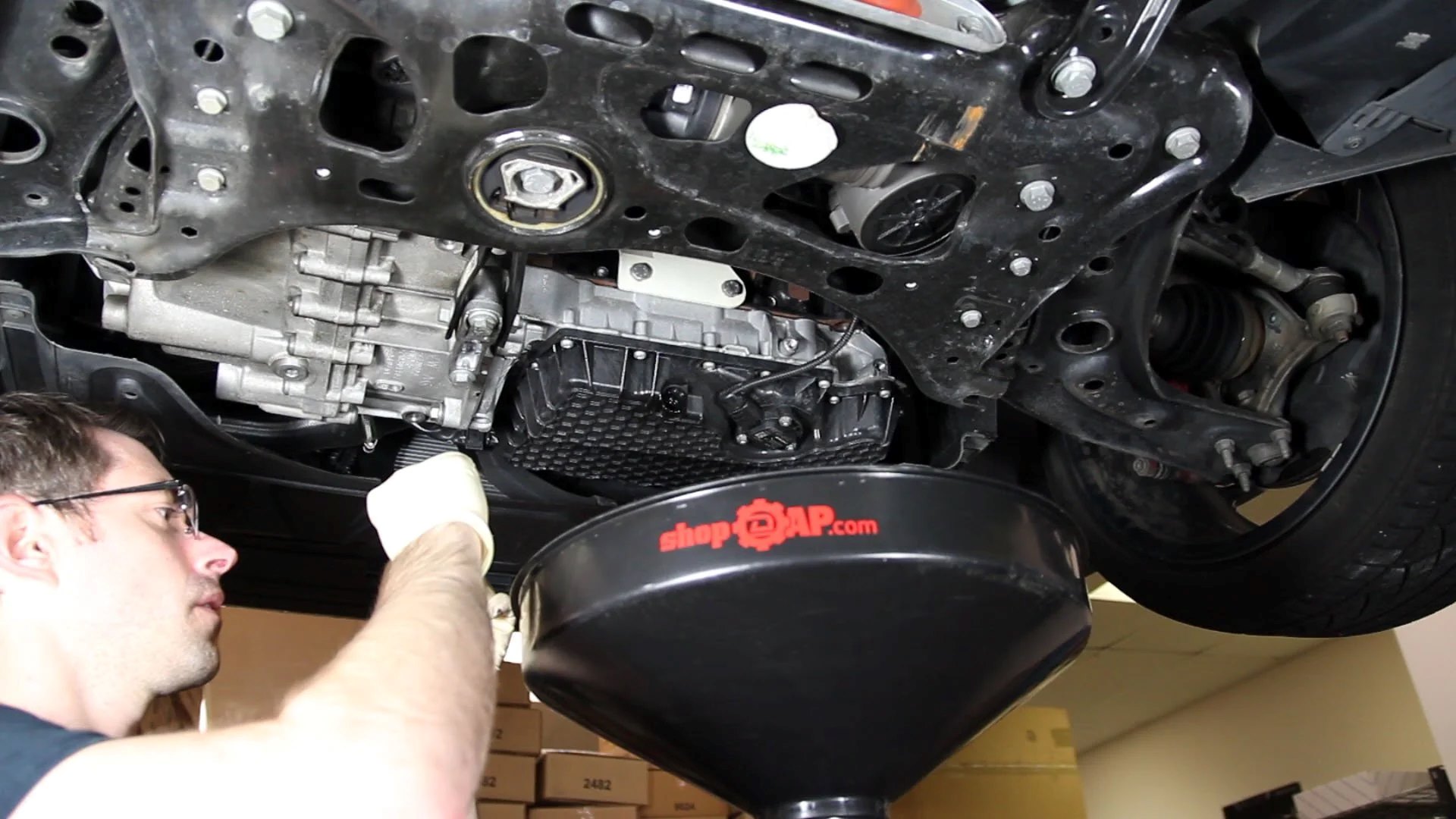

Articles
What Is A Water Pump Settlement
Modified: December 7, 2023
Find out everything you need to know about water pump settlements and related articles. Stay informed and get the compensation you deserve.
(Many of the links in this article redirect to a specific reviewed product. Your purchase of these products through affiliate links helps to generate commission for Storables.com, at no extra cost. Learn more)
Introduction
Water pump settlement is a common issue that homeowners and property owners may encounter. It refers to the gradual sinking or settling of a water pump foundation or structure into the ground over time. This settlement can cause significant damage to the pump system, leading to water leakage, decreased efficiency, and even structural instability.
In this article, we will explore the definition of water pump settlement, its common causes, signs and symptoms, risks and damages associated with it, preventive measures that can be taken, steps to address the issue, and legal options for individuals affected by water pump settlement.
It is important to note that water pump settlement can occur in both residential and commercial properties, impacting the functionality and value of these structures. Understanding this issue and how to mitigate its effects is essential for property owners, contractors, and individuals involved in water pump installation and maintenance.
With that in mind, let’s delve deeper into the topic of water pump settlement to gain a comprehensive understanding of its implications and the steps to manage and prevent it effectively.
Key Takeaways:
- Preventing water pump settlement requires proper site preparation, quality foundation design, and regular maintenance. Implementing these measures can minimize the risk of settlement and ensure the longevity of the pump system.
- Individuals affected by water pump settlement have legal options, including contractual warranties, product liability claims, and professional negligence claims. Seeking professional guidance is crucial to explore the best course of legal action.
Read more: What Is A Water Pump
Definition of Water Pump Settlement
Water pump settlement refers to the gradual sinking or settling of a water pump foundation or structure into the ground over time. The process occurs as a result of various factors such as soil erosion, poor soil compaction, changes in moisture content, or inadequate foundation design.
When a water pump experiences settlement, it can lead to a range of problems. The gradual sinking of the foundation can cause misalignment of the pump components, leading to issues such as leaks, reduced water flow, and inefficiency in pumping water. In extreme cases, it can even lead to structural damage and compromise the stability of the entire water pump system.
Water pump settlement can affect both above-ground and below-ground components of the pump system. The settling of the foundation can result in uneven weight distribution and create stress on the pump system, which can cause components to shift or crack. Additionally, settlement can lead to the misalignment of piping, valves, and other system elements, further impeding functionality.
It is important to differentiate water pump settlement from other issues such as groundwater table fluctuation or equipment malfunction. Settlement specifically refers to the gradual sinking or shifting of the pump foundation itself, while other factors may contribute to its occurrence or exacerbate the effects.
Addressing water pump settlement requires a thorough understanding of soil conditions, proper foundation design, and maintenance practices. By taking proactive measures to prevent settlement or promptly addressing the issue when it arises, property owners can ensure the longevity, efficiency, and functionality of their water pump systems.
Common Causes of Water Pump Settlement
Water pump settlement can occur due to various factors, both natural and human-made. Understanding the common causes can help property owners and contractors identify potential risks and take appropriate measures to prevent or address water pump settlement. Here are some of the primary causes:
- Soil Erosion: Soil erosion is one of the leading causes of water pump settlement. When the soil around the pump foundation erodes or washes away due to factors such as heavy rain, poor drainage, or improper grading, it can weaken the support for the pump structure and lead to settlement.
- Poor Soil Compaction: Inadequate soil compaction during construction can contribute to water pump settlement. If the soil beneath the pump foundation is not properly compacted, it tends to settle over time, causing the pump structure to sink or shift.
- Changes in Moisture Content: Fluctuations in the moisture content of the soil can also lead to water pump settlement. When the soil becomes saturated with water and then dries out, it can shrink and create voids or gaps beneath the pump foundation, causing it to settle.
- Inadequate Foundation Design: The design of the pump foundation plays a crucial role in its stability and resistance to settlement. Poorly designed foundations that lack proper reinforcement or fail to consider soil conditions can increase the risk of settlement over time.
- Underlying Soil Conditions: The type and characteristics of the soil beneath the pump foundation can contribute to settlement. Clay soils, for example, are more prone to shrinkage and expansion, leading to settlement. Similarly, sandy soils with poor load-bearing capacity can compress under the weight of the pump structure and cause settlement.
- Adjacent Construction Activities: Construction activities near the water pump, such as excavation or digging, can disturb the soil and affect the stability of the pump foundation. Vibrations from heavy equipment or nearby construction can also contribute to settlement if not adequately controlled.
It is essential to assess and mitigate these common causes of water pump settlement during the design, installation, and maintenance phases. Proper site investigation, soil testing, and engineering considerations can help minimize the risk of settlement and ensure the long-term stability of the water pump system.
Signs and Symptoms of Water Pump Settlement
Identifying the signs and symptoms of water pump settlement is crucial for property owners and maintenance personnel. Recognizing these indicators early on can help address the issue promptly, preventing further damage and costly repairs. Here are some common signs and symptoms to look out for:
- Visible Foundation Cracks: One of the noticeable signs of water pump settlement is the presence of cracks in the foundation. These cracks may appear on the walls, floors, or around the base of the pump structure. They can vary in size and severity and may indicate that the foundation is shifting or sinking due to settlement.
- Uneven or Sloping Floors: Observing uneven or sloping floors within the pump house or around the water pump area can indicate settlement. If you notice a noticeable slope or a feeling of unlevel flooring, it may suggest that the foundation has shifted or settled unevenly.
- Difficulty Opening and Closing Doors or Windows: Settlement of the water pump foundation can affect the alignment of the surrounding structures, including doors and windows. If you experience difficulty in opening or closing them smoothly, it may be a sign of foundation movement and settlement.
- Leaning or Tilting Pump Structure: A visibly leaning or tilting water pump structure is a strong indication of settlement. If you notice that the pump structure is no longer in its original upright position, it is crucial to address the issue promptly to prevent further damage and potential collapse.
- Changes in Water Flow: Water pump settlement can result in changes to the water flow. You may notice reduced water pressure, irregular water output, or intermittent pumping. These symptoms can be an indication that the pump components have become misaligned or damaged due to settlement.
- Water Leaks: Excessive water leakage around the pump structure can occur as a result of settlement. Cracks or gaps in the foundation can allow water to seep through, leading to dampness, mold, or water damage in the surrounding area.
- Exterior Wall Separation: Settlement can cause the exterior walls of the pump house or building to separate from the foundation. This can be observed as a visible gap between the walls and the foundation or as cracks extending from the base upwards.
If you notice any of these signs and symptoms of water pump settlement, it is essential to consult a professional to assess the extent of the issue and determine appropriate remedial actions. Timely intervention can help mitigate further damage and ensure the long-term stability of the water pump system.
Risks and Damages Associated with Water Pump Settlement
Water pump settlement can pose several risks and lead to various damages if left unaddressed. Understanding these potential consequences is crucial in order to take appropriate measures to prevent or rectify the issue. Here are some of the common risks and damages associated with water pump settlement:
- Structural Instability: One of the major risks of water pump settlement is the potential compromise of the structural integrity of the pump system. As the foundation settles unevenly, it can cause shifts and misalignments in the pump structure, leading to instability. This can result in further damage and even collapse if not properly addressed.
- Reduced Pump Efficiency: Settlement can affect the performance and efficiency of the water pump. Misalignments in the pump components can lead to increased friction, decreased water flow, and reduced pump efficiency. This can result in higher energy consumption, decreased water output, and increased operating costs.
- Increased Maintenance and Repair Costs: Water pump settlement often requires frequent maintenance and repair interventions. Misaligned components, leaks, and structural damages necessitate ongoing repairs to ensure the proper functioning of the pump system. These maintenance and repair costs can add up significantly over time and strain the budget of property owners.
- Water Leakage and Mold Growth: Settlement can create cracks or gaps in the pump foundation, allowing water to leak into the surrounding area. This can lead to water damage, dampness, and mold growth, posing health risks and requiring costly remediation efforts.
- Decreased Property Value: The presence of water pump settlement can significantly impact the value of a property. Potential buyers may perceive settlement issues as a sign of poor maintenance and potential structural instability. This can lead to decreased property value and difficulty in selling the property at a desirable price.
- Disruption of Water Supply: In severe cases, water pump settlement can cause complete failure of the pump system, resulting in the disruption of the water supply. This can have serious consequences for residential homes, commercial buildings, and agricultural operations that rely on a consistent water supply.
It is evident that water pump settlement can have wide-ranging and negative effects on the functionality, durability, and value of a property. Taking proactive measures to prevent settlement, as well as promptly addressing any signs of settlement, is essential to mitigate these risks and damages.
When dealing with a water pump settlement, it’s important to gather all relevant documentation, including proof of purchase, repair records, and any communication with the manufacturer. This will help support your claim and increase the likelihood of a successful settlement.
Read more: What Is The Function Of A Water Pump
How to Prevent Water Pump Settlement
Preventing water pump settlement is crucial for maintaining the functionality and longevity of the pump system. By implementing proactive measures during the installation and maintenance phases, property owners can minimize the risk of settlement. Here are some effective ways to prevent water pump settlement:
- Proper Site Preparation: Before installing a water pump, it is essential to prepare the site properly. This includes ensuring proper grading to promote adequate water drainage away from the pump area. Proper slope and surface preparation can help prevent soil erosion and minimize the risk of settlement.
- Quality Foundation Design: The design of the pump foundation plays a significant role in preventing settlement. Engaging a qualified engineer or contractor to design the foundation based on soil conditions and anticipated loads is crucial. This includes considering factors such as load-bearing capacity, reinforcement, and proper compaction of the soil.
- Soil Testing and Analysis: Conducting comprehensive soil testing and analysis is essential prior to pump installation. This helps determine the characteristics of the soil and its load-bearing capacity. Soil analysis can help identify potential issues that may contribute to settlement, allowing for appropriate preventive measures.
- Proper Compaction of Soil: Adequate soil compaction is critical to prevent settlement. During the construction phase, ensuring that the soil beneath the pump foundation is properly compacted can provide a stable base for the pump structure. Compaction should be carried out in accordance with industry standards and best practices.
- Regular Maintenance: Regular maintenance of the water pump system is essential to prevent settlement. This includes inspecting the foundation for any signs of settlement, leaks, or cracks on a routine basis. Promptly addressing any issues discovered can help mitigate further damage and prevent settlement from worsening.
- Controlled Excavation and Construction Activities: Any excavation or construction activities near the water pump area should be carefully planned and controlled. Vibrations from nearby construction can impact the stability of the pump foundation. Taking measures to minimize vibration and maintain proper soil compaction during excavation can reduce the risk of settlement.
- Proper Drainage System: Implementing a well-designed drainage system can help prevent soil erosion and minimize the risk of settlement. This includes installing proper surface drains, diverting water runoff away from the pump area, and ensuring adequate slope and grading to promote effective water drainage.
By implementing these preventive measures, property owners can significantly reduce the risk of water pump settlement. Investing time, effort, and resources into preventative actions can save substantial costs associated with repairs, maintenance, and potential damages caused by settlement in the future.
Steps to Address Water Pump Settlement
When water pump settlement occurs, it is crucial to take immediate action to address the issue and prevent further damage. Here are the steps to follow to effectively address water pump settlement:
- Assessment by a Professional: The first step is to consult a professional, such as a structural engineer or a qualified contractor, who specializes in foundation repair and settlement issues. They will assess the extent of the settlement and identify the underlying causes.
- Soil Stabilization: Depending on the assessment, soil stabilization methods may be recommended to prevent further settlement. This can involve injecting materials such as grout or polyurethane foam into the soil to increase its load-bearing capacity and provide support for the pump foundation.
- Foundation Repair: If the settlement has resulted in structural damage to the pump foundation, repairs may be necessary. This can include filling cracks, reinforcing the foundation, or even installing additional support systems such as helical piers or steel underpinning to stabilize the foundation.
- Pump Realignment: Misaligned pump components should be realigned to restore proper functioning and prevent further damage. This may involve adjusting valves, alignment of pipes, and ensuring that pump shafts and impellers are properly positioned.
- Waterproofing: If water leakage is a result of settlement, proper waterproofing measures should be taken. This can include applying sealants or waterproof coatings to the foundation to prevent water intrusion and further damage.
- Monitoring and Maintenance: After addressing the immediate issues, it is important to monitor the pump system and regularly inspect the foundation for any signs of settlement recurrence or new concerns. Regular maintenance, including checking for leaks and maintaining proper drainage, is essential to prevent future settlement.
- Professional Calibration and Testing: Once repairs have been made, it is advisable to have the water pump system professionally calibrated and tested to ensure optimal performance and efficiency. This includes evaluating pump flow rates, pressure levels, and overall functionality.
- Documentation and Insurance: Throughout the process, it is important to document the work done, including assessments, repairs, and maintenance. This documentation can be valuable for insurance purposes and future reference.
- Preventive Measures: To prevent future instances of water pump settlement, it is crucial to implement preventive measures discussed previously, such as proper site preparation, soil compaction, regular maintenance, and controlling excavation activities near the pump area.
Addressing water pump settlement requires professional expertise and timely intervention. By following these steps and taking the necessary corrective measures, property owners can restore the stability and functionality of their water pump system, minimizing further damage and ensuring its long-term performance.
Legal Options and Rights for Individuals Affected by Water Pump Settlement
Individuals who have been affected by water pump settlement may have legal options and rights to seek compensation or remedies for the damages and losses incurred. While the specific legal options can vary depending on the jurisdiction and circumstances, here are some common avenues to consider:
- Contractual Warranty: If the water pump was installed by a contractor or company, it is important to review any warranties or guarantees provided at the time of installation. Many contractors offer warranties that cover defects or settlement issues within a specified time period. Evaluating the terms of the warranty can provide insight into potential recourse options.
- Product Liability Claims: If the water pump or any of its components were defective or did not perform as advertised, individuals may have grounds to pursue a product liability claim against the manufacturer or supplier. This would require demonstrating that the defect or inadequate performance directly resulted in the settlement and subsequent damages.
- Professional Negligence: If the water pump installation or maintenance was carried out by professionals such as contractors, engineers, or maintenance personnel, individuals may have a claim for professional negligence. This would involve proving that the professionals failed to meet the required standard of care in their work, leading to water pump settlement and resulting damages.
- Property Insurance Coverage: Property owners should review their insurance coverage to determine if water pump settlement and its associated damages are covered under their policy. If so, individuals may be able to file a claim with their insurance company for compensation for repair costs, property damage, and related expenses.
- Homeowners Association Claims: For individuals who live in a community or development governed by a homeowners association (HOA), there may be avenues to pursue claims against the HOA if their actions or lack of proper maintenance contributed to the water pump settlement. Reviewing the HOA bylaws and seeking legal advice can provide insights into potential recourse options.
- Mediation or Arbitration: In some cases, individuals may explore alternative dispute resolution methods, such as mediation or arbitration, to resolve their claims. These processes can offer a faster and more cost-effective means of resolving disputes without resorting to litigation.
- Lawsuits and Litigation: If all other options fail, individuals may choose to file a lawsuit against the responsible parties, such as contractors, manufacturers, or other entities involved in the water pump installation or maintenance. This would involve presenting evidence of negligence, breach of contract, or other legal grounds for the claim.
It is important for individuals affected by water pump settlement to consult with an attorney who specializes in construction law, product liability, or personal injury to assess their rights and explore the best course of legal action. Each case is unique, and legal remedies will depend on the specific facts and circumstances surrounding the water pump settlement and resulting damages.
Remember, it is crucial to act promptly, as there may be statutes of limitations or other deadlines that determine the timeframe within which legal action can be pursued.
Conclusion
Water pump settlement is a significant issue that can have serious implications for property owners and the functionality of their pump systems. Understanding the causes, signs, and risks associated with water pump settlement is crucial for taking proactive measures to prevent it and promptly addressing the issue when it arises.
By implementing proper site preparation, quality foundation design, regular maintenance, and controlled construction activities, individuals can reduce the risk of water pump settlement. It is important to prioritize soil stability, proper compaction, and effective drainage systems to minimize the chances of settlement occurring.
When water pump settlement does occur, seeking professional assessment and addressing the issue promptly is essential. Taking steps such as soil stabilization, foundation repair, realignment of components, and waterproofing can help mitigate damages and restore the stability and functionality of the pump system.
For individuals affected by water pump settlement, it is important to be aware of their legal options and rights. Contractual warranties, product liability claims, professional negligence claims, property insurance coverage, and homeowners association claims are potential avenues to seek compensation or remedies for damages incurred. Consulting with an attorney specializing in construction law or personal injury can provide valuable guidance in determining the most appropriate course of legal action.
Ultimately, by proactively preventing water pump settlement and taking prompt action when it occurs, individuals can ensure the longevity, efficiency, and safety of their water pump systems. Regular maintenance, adherence to best practices, and timely repairs are key to preventing further damage and preserving the value of the property.
Water pump settlement may be a challenging issue to navigate, but with proper knowledge, vigilance, and professional support, property owners can effectively manage and address the impact of settlement, safeguarding their investments and ensuring a reliable water supply for years to come.
Frequently Asked Questions about What Is A Water Pump Settlement
Was this page helpful?
At Storables.com, we guarantee accurate and reliable information. Our content, validated by Expert Board Contributors, is crafted following stringent Editorial Policies. We're committed to providing you with well-researched, expert-backed insights for all your informational needs.
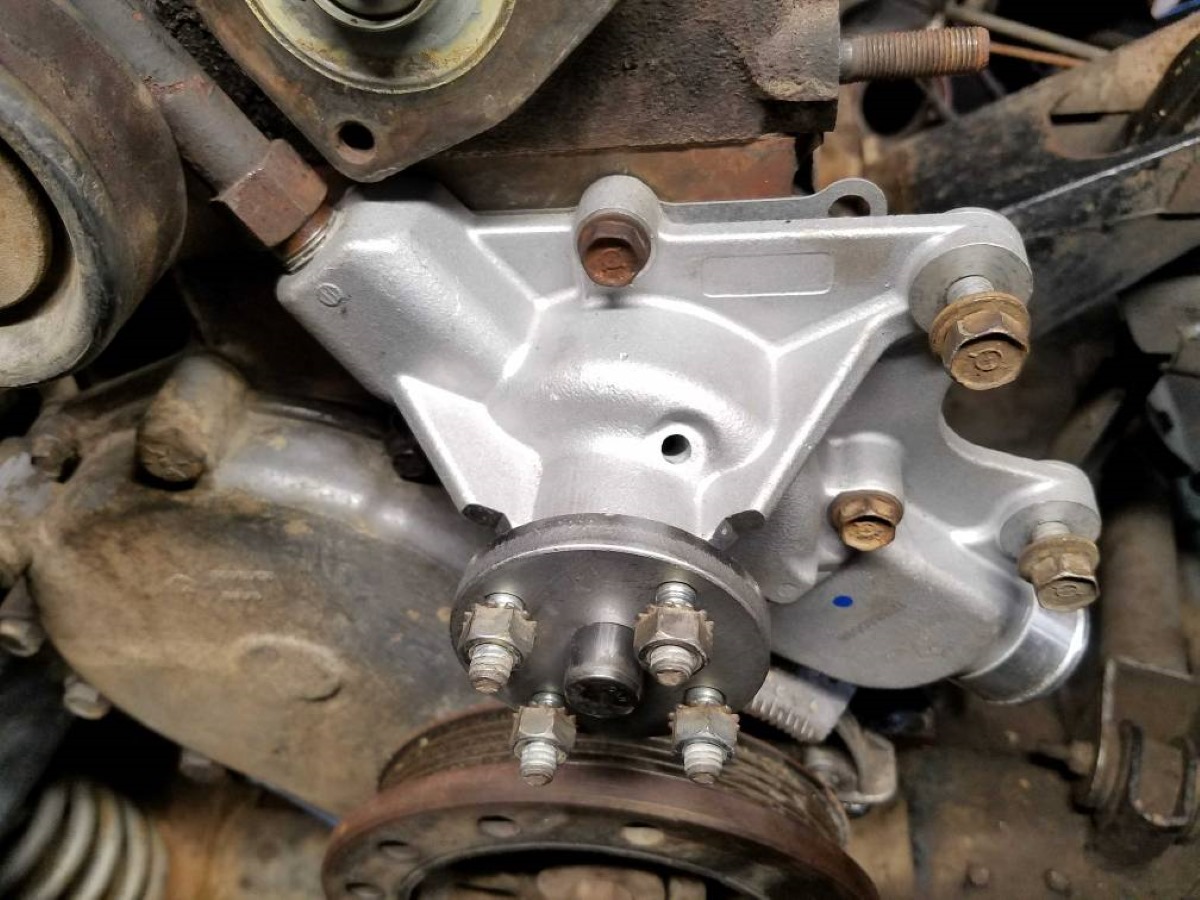
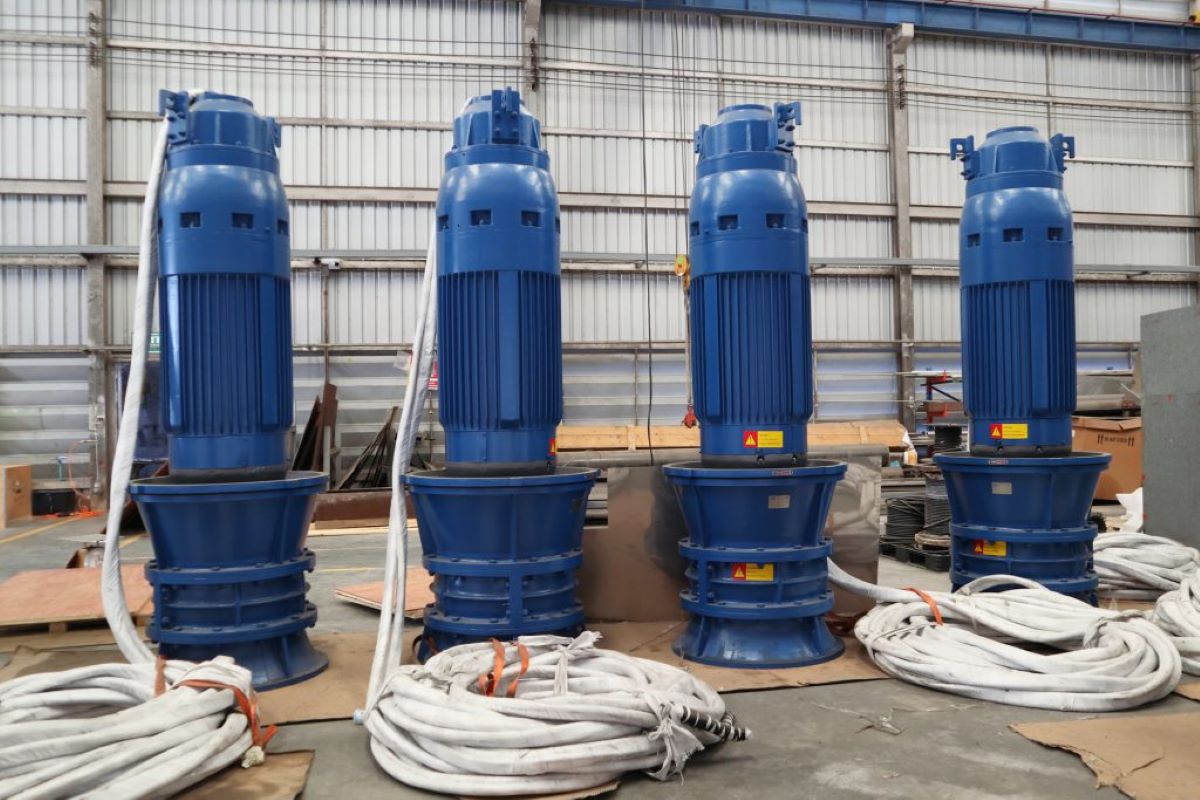
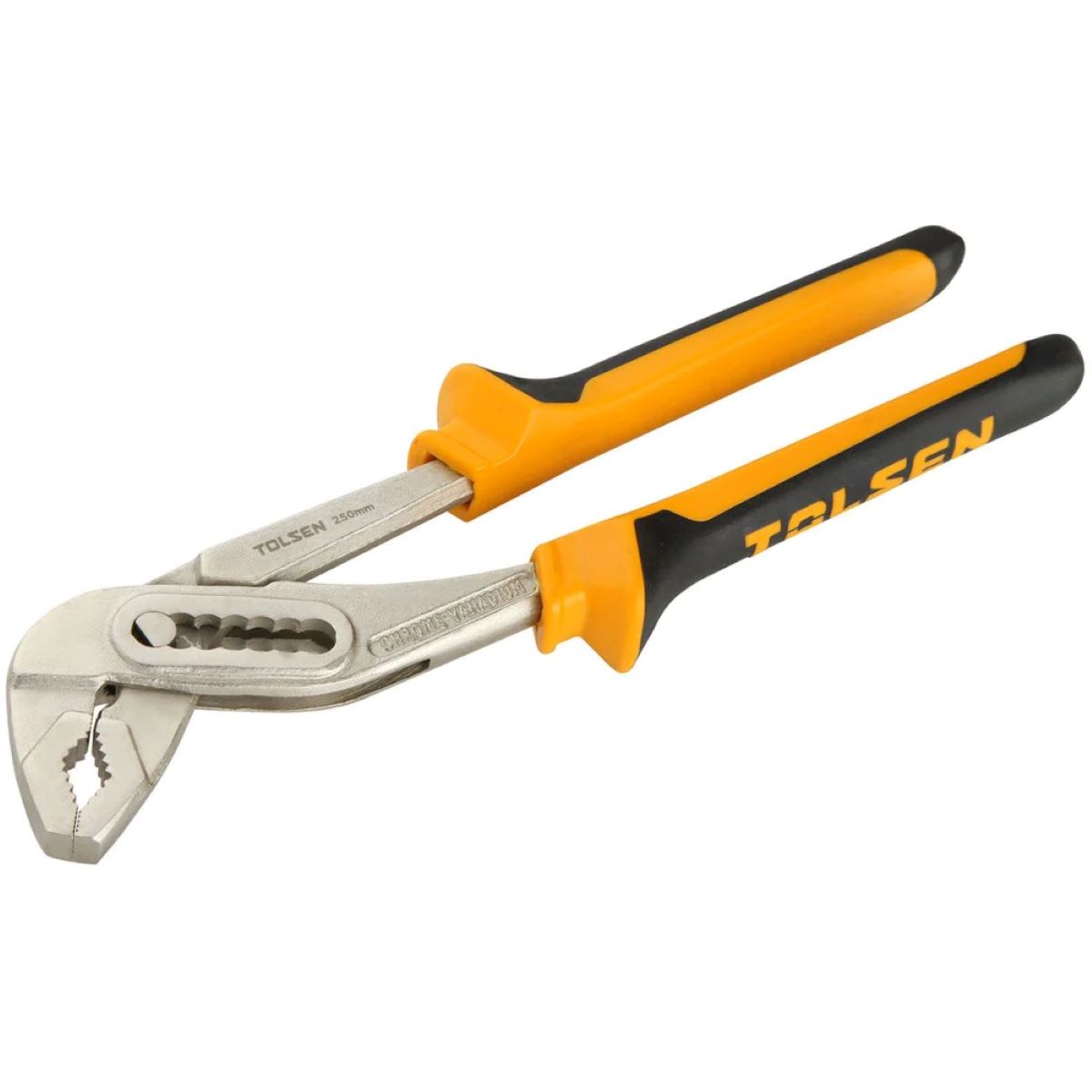
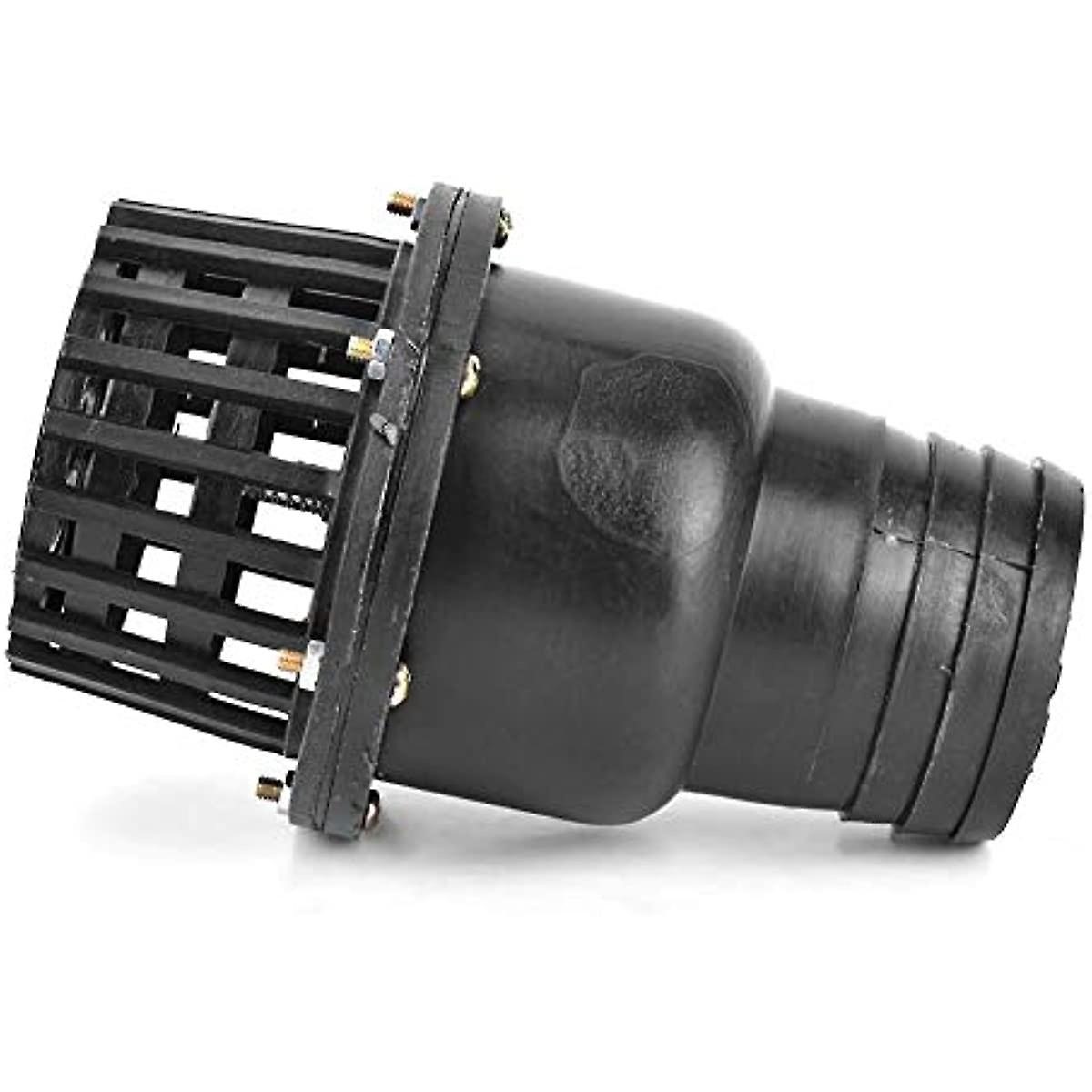
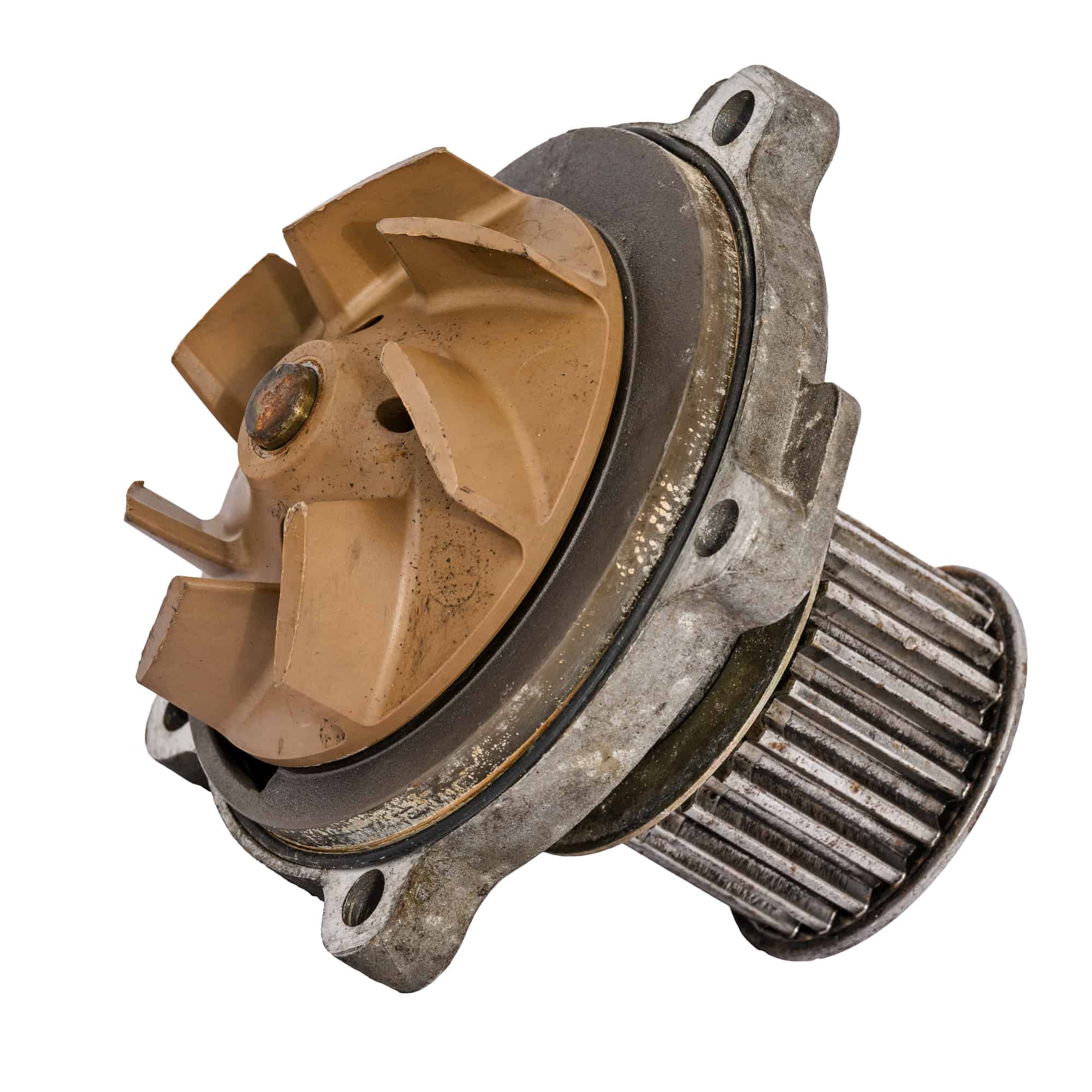
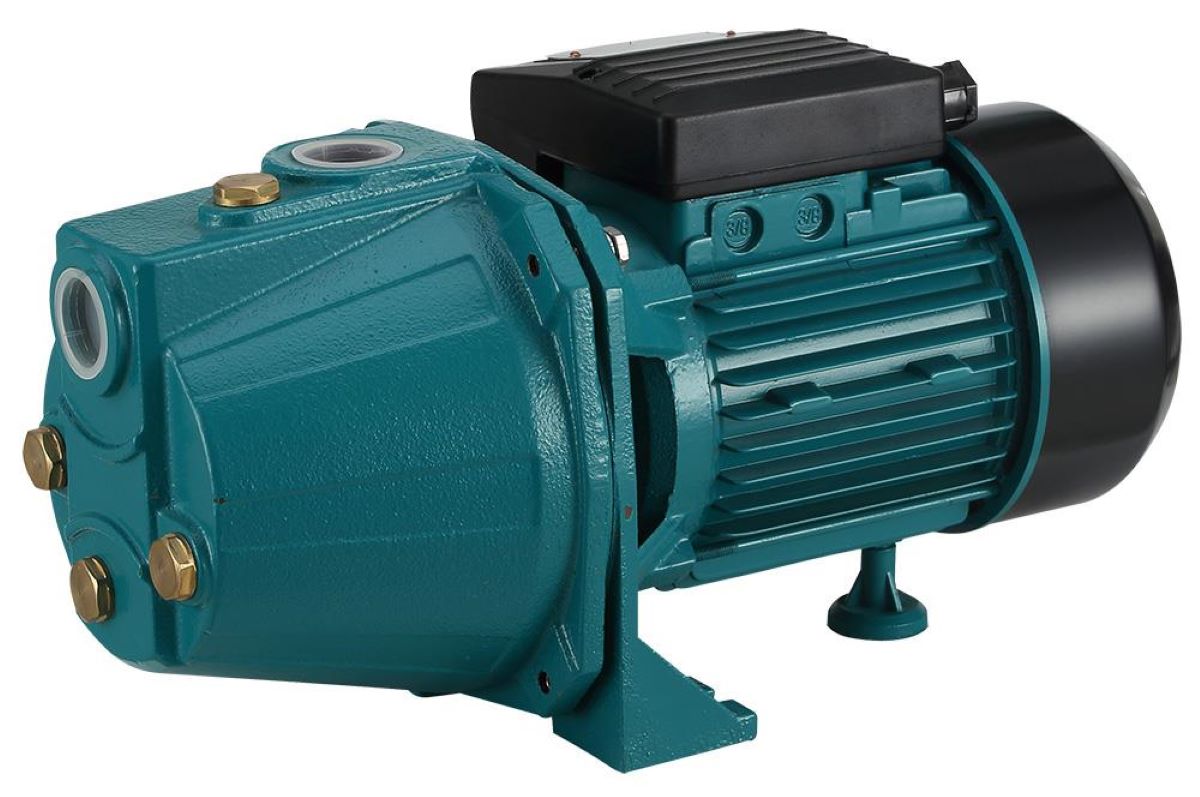
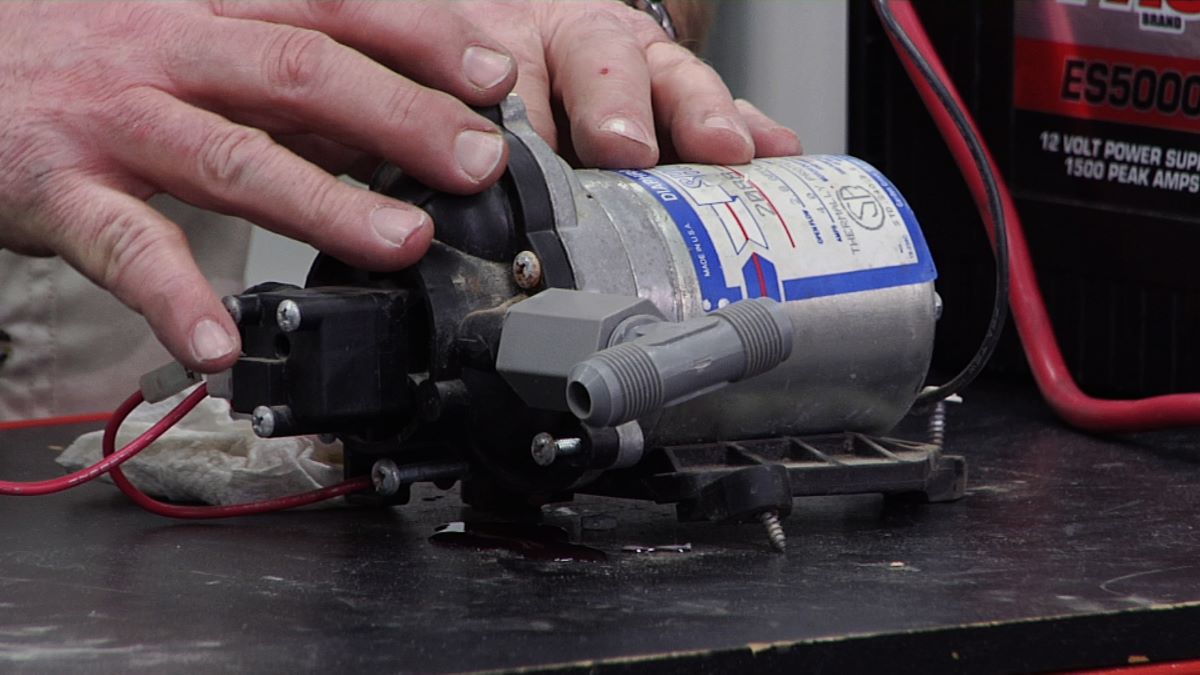
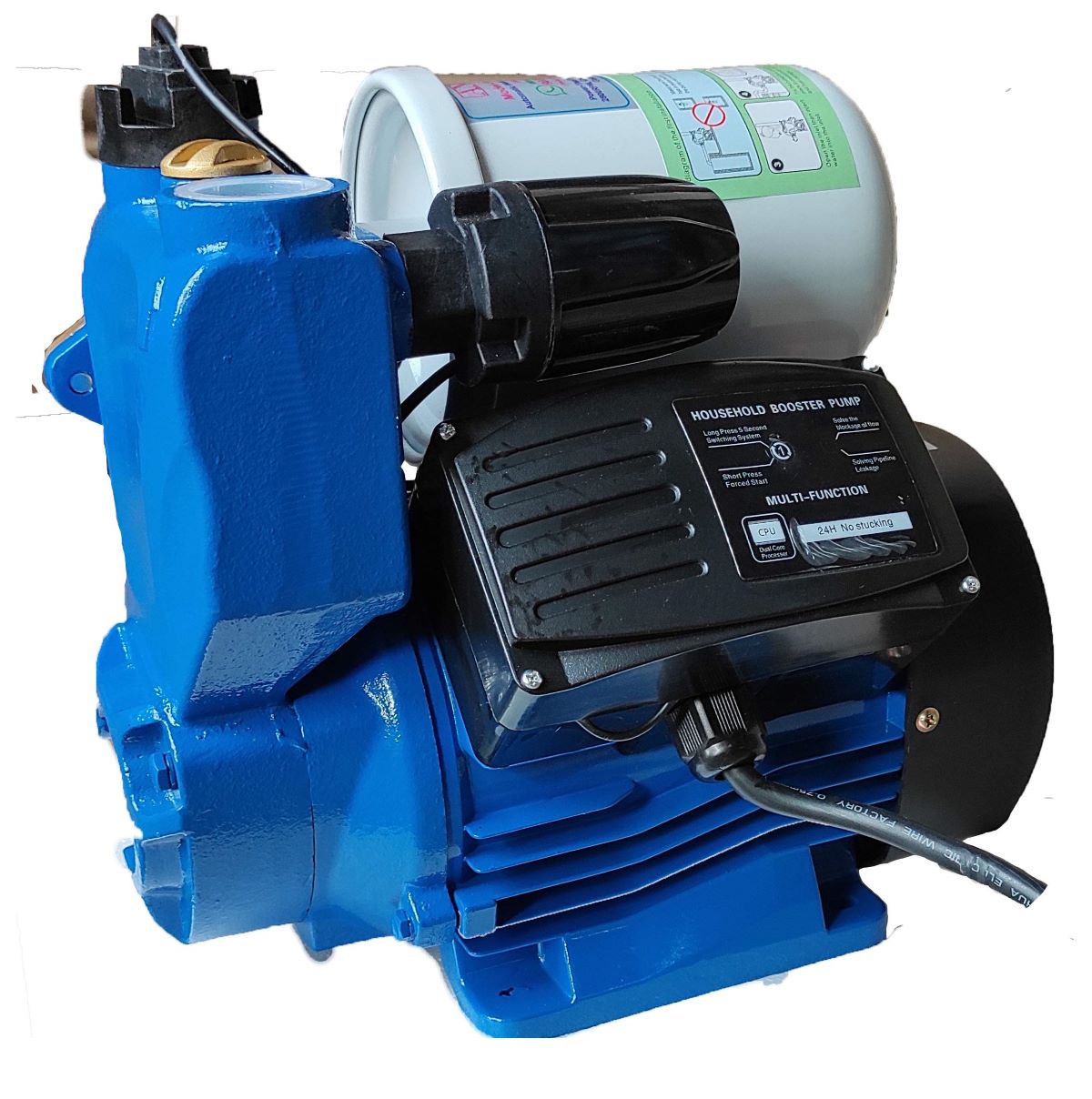
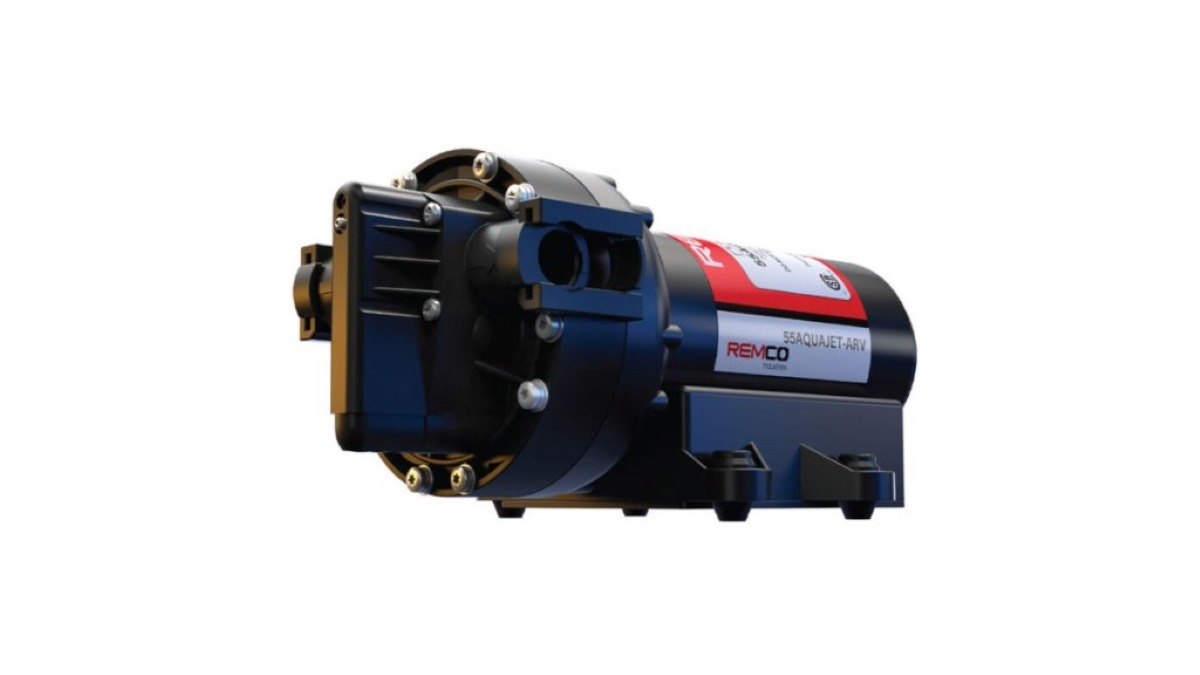
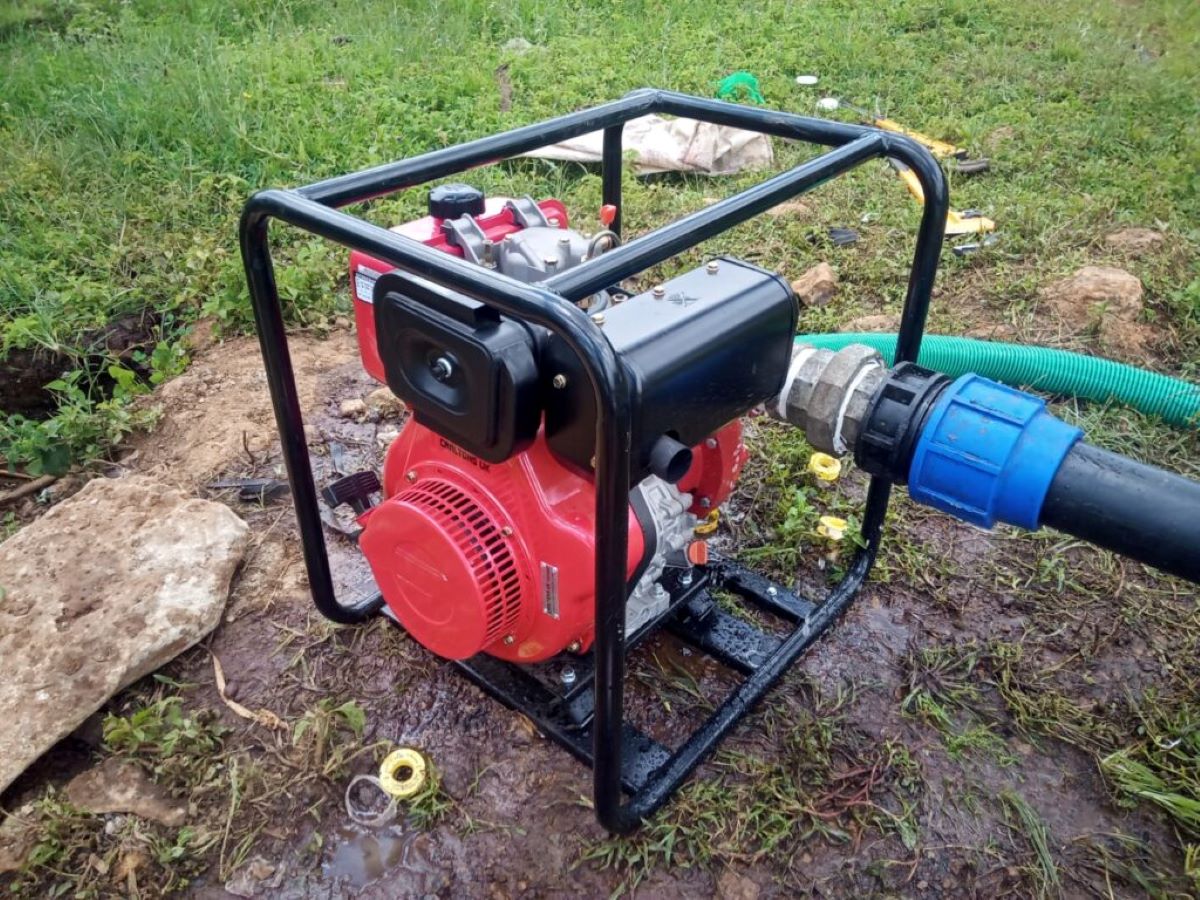
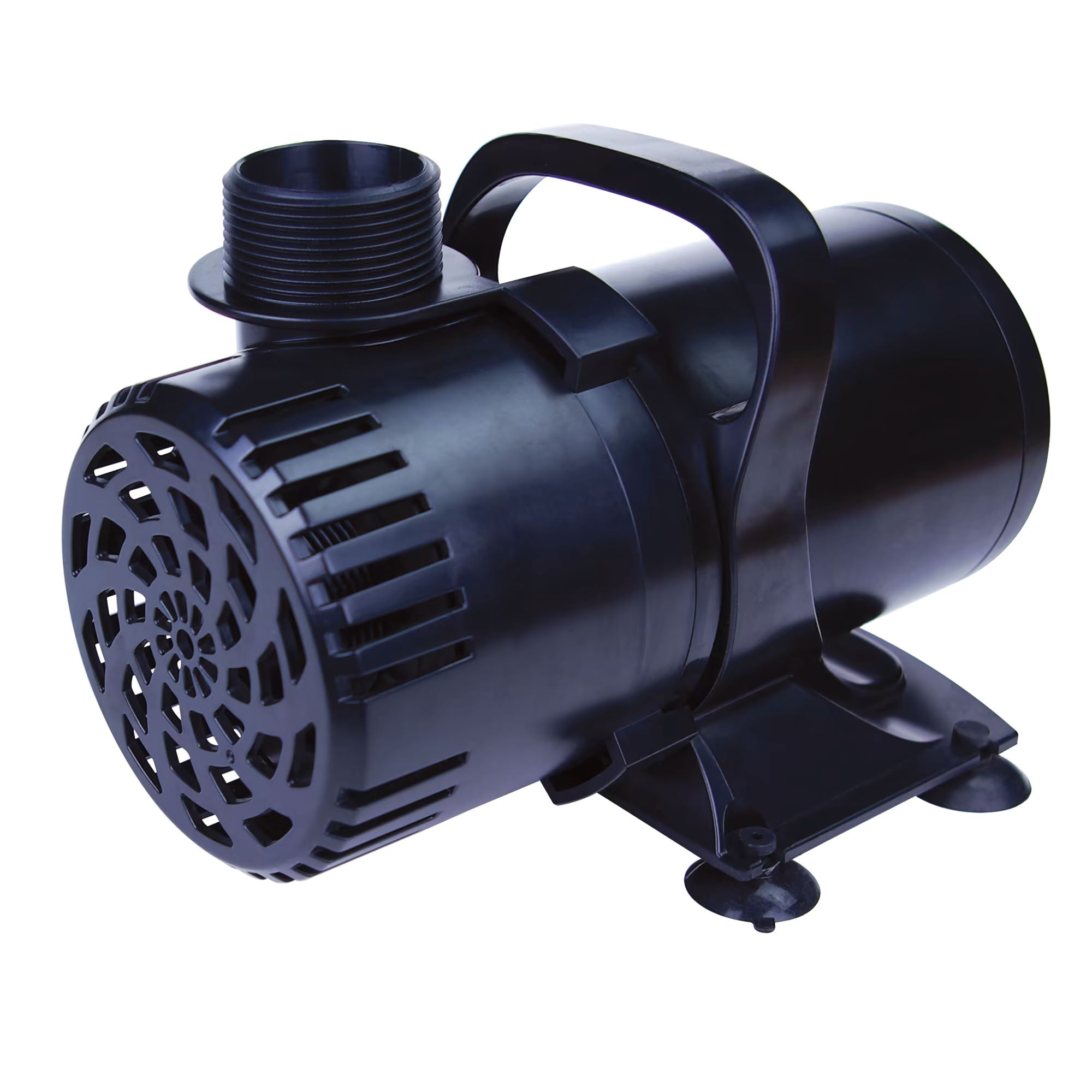
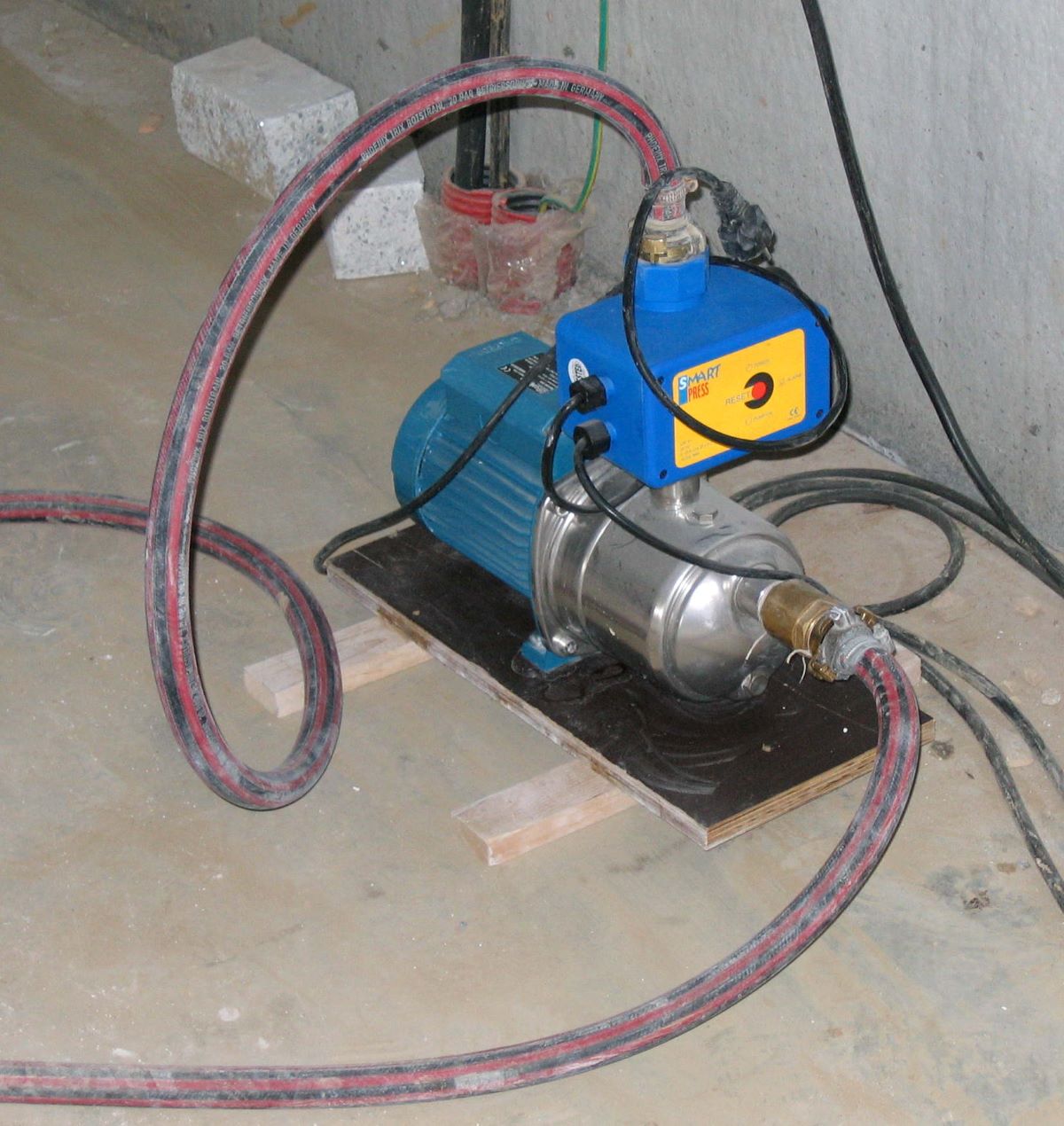
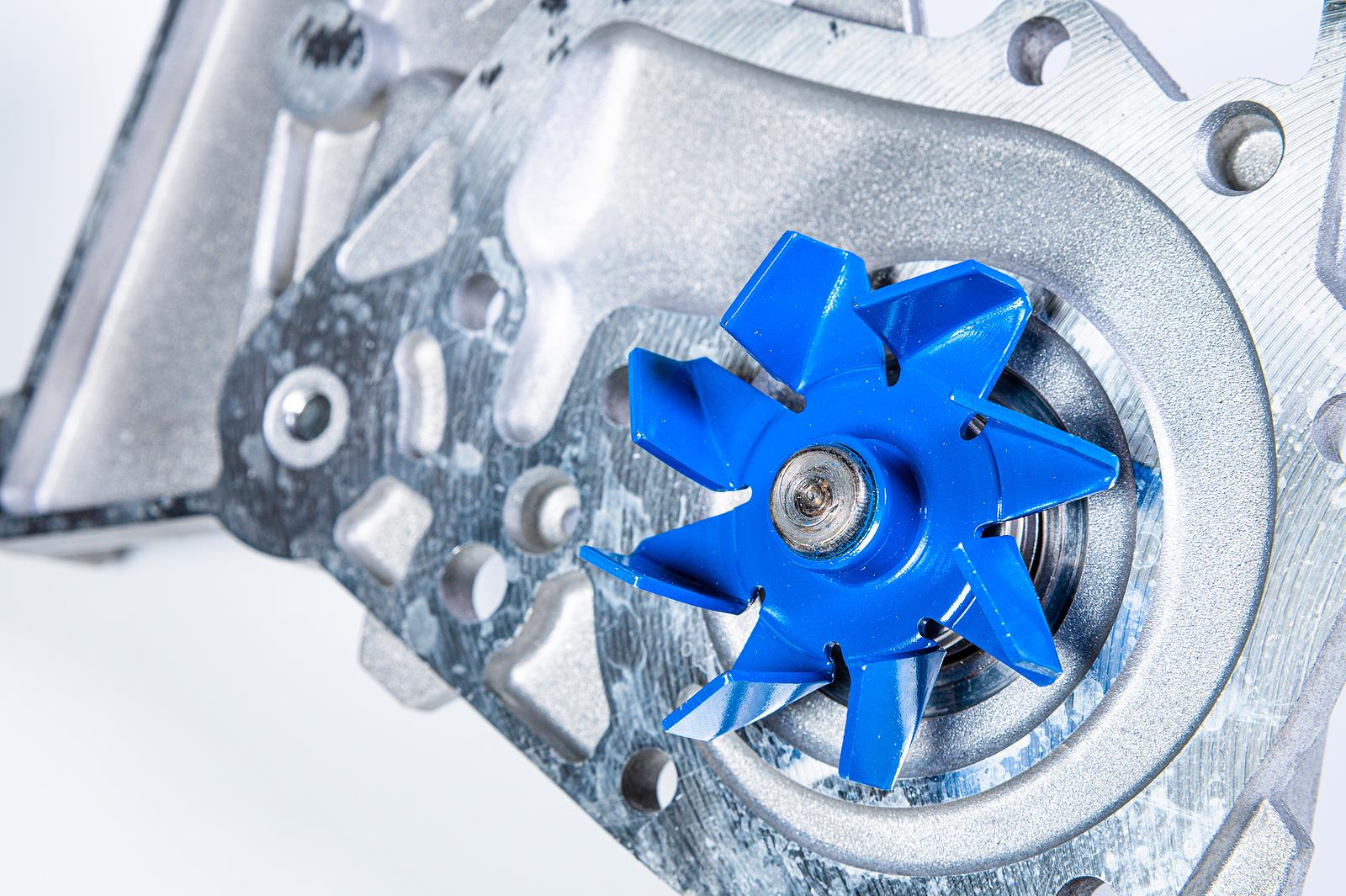
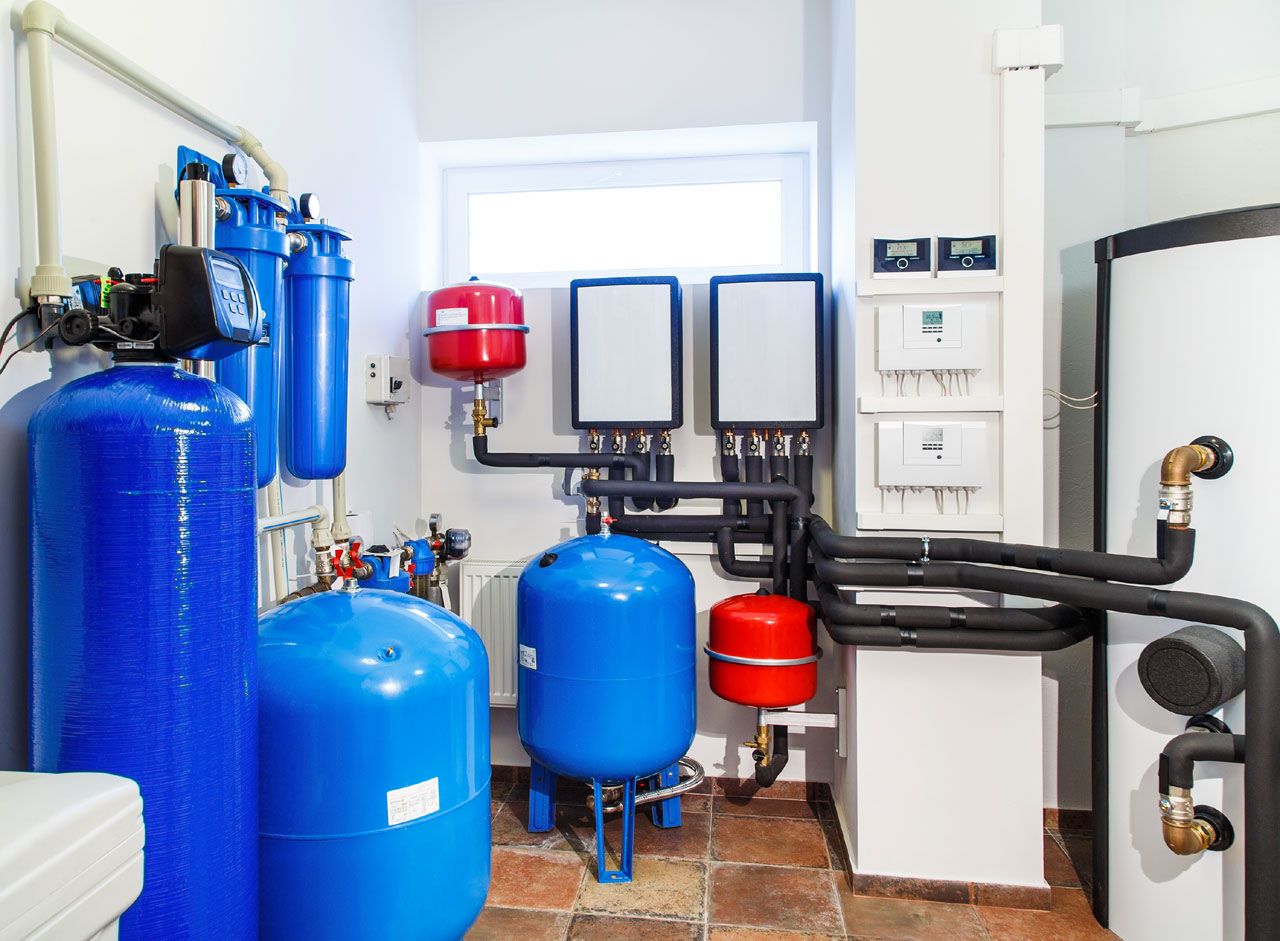

0 thoughts on “What Is A Water Pump Settlement”